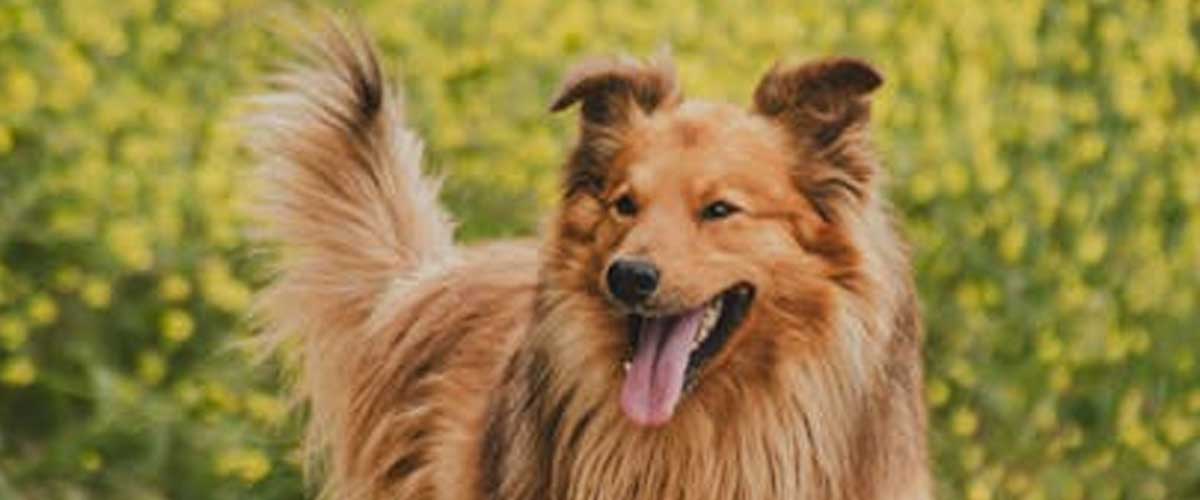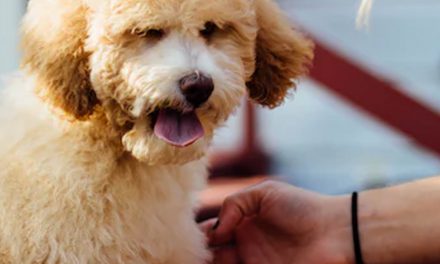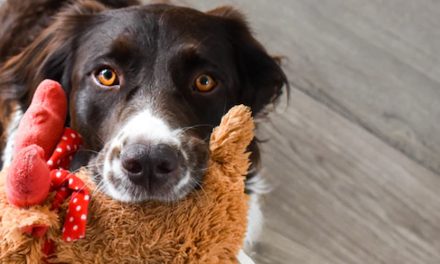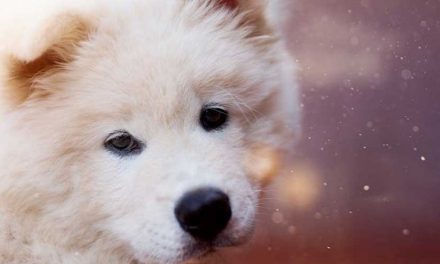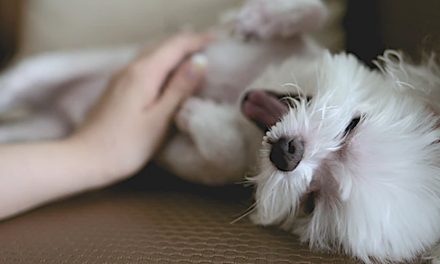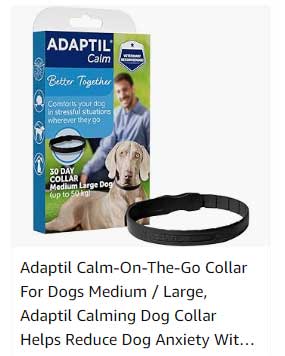Dogs are often referred to as man’s best friend, but anyone who has spent time with these wonderful companions knows that their behavior can sometimes be as unpredictable as the weather.
Various factors can lead to unexpected reactions in dogs, particularly in exciting or stressful situations.
This article will explore how puppies, toddlers, and anxious dogs can contribute to unpredictable behavior in our furry friends.
The Curious Case of Excitable Puppies
Puppies are bundles of energy and curiosity.
Their playful nature is one of the most endearing qualities of a young dog, but it can also lead to some unpredictable behavior.
In new environments, excitable puppies may react to sounds, other animals, or unfamiliar people with a mix of enthusiasm and anxiety.
They may bark, jump, or even run away if they feel overwhelmed.
Parents or guardians should be mindful of their puppy’s thresholds.
Introducing new experiences gradually and providing plenty of positive reinforcement can help reduce the likelihood of a spook.
Socialization is crucial; exposure to different environments, sounds, and people can help puppies learn how to react in various situations.
The Impact of Toddlers
When toddlers are involved, the dynamics change significantly.
Young children often have unpredictable movements and sounds that can startle dogs.
A child’s quick, erratic behavior, whether it’s running, squealing, or sudden movements, can alarm a dog, especially one that hasn’t been properly socialized with children.
To create a harmonious environment, it’s essential to educate children on how to interact with dogs safely.
Teaching them to approach dogs calmly and respectfully can significantly reduce fear and anxiety in pets.
Supervising interactions between toddlers and dogs can prevent both from experiencing stress and help foster a positive relationship.
Anxious and Nervous Dogs
Anxious dogs can be particularly prone to unpredictable behavior when faced with surprises or new stimuli.
Factors such as loud noises, unfamiliar environments, or the presence of other animals can trigger a nervous dog’s flight response.
Signs of anxiety can include trembling, pacing, excessive barking, or attempting to escape.
For these dogs, it’s important to focus on creating a safe and calm environment.
Establishing a routine can provide a sense of stability.
Counter-conditioning and desensitization techniques can also be highly effective in helping anxious dogs adjust to their fears.
Consulting with a veterinarian or a professional dog trainer can offer additional strategies tailored to the dog’s specific needs.
Conclusion
Understanding the various factors that contribute to unpredictable behavior in dogs, whether it’s an excited puppy, a spooked toddler, or an anxious adult dog, is crucial for fostering a positive environment.
Patience, training, and education are essential in helping our furry friends feel secure and comfortable.
By addressing the needs of both our dogs and the young ones they encounter, we can ensure a harmonious relationship that benefits everyone involved.

